Michigan Technological University Financial Position 2024: $479,190,705

“It’s Time To Tell You EVERYTHING…” | Victor Davis Hanson
“Established in 1956, National University of Natural Medicine is the oldest accredited naturopathic medical university in North America and a leader in natural medicine education and evidence-based research. As one of the most respected universities of natural medicine in the world, our participation in international medical education and research is routinely solicited. We believe in the healing power of nature, and that food is medicine.”
Peppermint, scientifically known as Mentha × piperita, is a hybrid mint, a cross between watermint (Mentha aquatica) and spearmint (Mentha spicata). It belongs to the Lamiaceae family, which also includes other aromatic herbs like basil, rosemary, and lavender. Here are some key scientific points about peppermint:
Botanical Classification: Lamiaceae
Characteristics: Peppermint is a herbaceous perennial plant known for its distinctive minty aroma and flavor. It has square-shaped stems, serrated leaves, and produces small purple or white flowers in spikes.
Chemical Composition: The characteristic flavor and scent of peppermint are attributed to its essential oil, which contains menthol as a major component. Other compounds found in peppermint oil include menthone, menthyl acetate, and various terpenoids.
Cultivation: Peppermint is a hardy plant and is known to grow well in a variety of climates. It is often cultivated for commercial purposes, both for its culinary use and the extraction of essential oils.
Peppermint has been adapted for pharmaceutical and cosmetic purposes. Its essential oil is extracted for use in aromatherapy, and peppermint tea is a common herbal infusion enjoyed for both its taste and potential health benefits.
Bastyr University: Herbal Science Program
University of California Berkely Jepson Herbaria
Maryland University Integrative Health: Herbal Medicine
Why Can No One Think Rationally Anymore? – George Mack
“
The morning cup of coffee has an exhilaration about it which the cheering influence
of the afternoon or evening cup of tea cannot be expected to reproduce.”
“The Professor at the Breakfast-Table” (Oliver Wendell Holmes Sr., 1858)
Documenting how tall the corn is on June 10th.
Lotta season left…. pic.twitter.com/92rsPTMnPk— Katie (@K84IAST8) June 11, 2024
Roger Scruton: The True, the Good and the Beautiful
Student Cornbread Recipe Message Board
Student Affairs: Spots to Grab a Coffee on Campus
United States Department of Agriculture: Is Corn a Grain or a Vegetable?
Pro Farmer Tour 2024, south central Nebraska sweet corn edition. @PVseed planted May 22. Pivot irrigated. #Pftour24 pic.twitter.com/vdMEV2GfiR
— Laura Farms (@laurafarms_) August 20, 2024
“In the quiet moments between sips of coffee, one can hear the whispers of the stars” — Mai Mochizuki (‘The Full Moon Coffee Shop’, 2024)
Statement of Financial Position 2025: $4.387B (Page 1) *
Facilities Management | Landscape Master Plan | Standards and Codes

American, Irish breakfasts indulge tastebuds in feasts of culture | Nathan Tran, June 26 2022
Related:
Since 2022, the number of women emigrating from Ireland (40,000) is nearly double the number of men.
If we lose a generation of Irish women, Ireland will cease to exist. pic.twitter.com/uLlnLZ8N30
— MichaeloKeeffe (@Mick_O_Keeffe) October 30, 2025
This content is accessible to paid subscribers. To view it please enter your password below or send mike@standardsmichigan.com a request for subscription details.
Annual report and financial statements 31 July 2024 | “Campus” Masterplan
Durham (Dunholm O.E.) as a Northumbrian learning settlement originates with its Cathedral; founded in 995 AD as part of a Benedictine monastery. Monks maintained libraries and created an intellectual hub for the English speaking peoples. Fast forward a millennium and we find “DU Coffee Society” which describes itself as a welcoming space for students to learn about coffee making, latte art and each other.
🗣️Did you miss out on Assembly last week? Don’t worry, our Media Observer, Nicole Ireland, was there to catch all the action!
Check out her report on our website here: https://t.co/lKSFHjhyyu pic.twitter.com/t70D0mKmcn
— Durham SU (@durhamSU) November 29, 2023
FYI:
LSE: “The Benefits and Costs of International Higher Education Students to the UK Economy
PwC: UK Higher Education Financial Sustainability Report
Don’t say ‘right-wing’, say ‘pattern recognizer’ https://t.co/0s5FNnlCOB pic.twitter.com/s0YuVy4jw6
— 𝒩𝒶𝓉𝒶𝓁𝒾𝒶 (@classicspilled) November 3, 2025
It has been 20 years since we began following educational facilities construction activity. Starting this month we will examine federal government data together with the best available data about space utilization to enlighten our response to the perfectly reasonable question: “Are we over-building or under-building or building ineffectively”. Use the login credentials at the upper right of our home page.
United States: Schools of Architecture
The Society for College and University Planning (Ann Arbor, Michigan)
National Center for Education Statistics
The Financial Impact of Architectural Design: Balancing Aesthetics and Budget in Modern Construction
Homeschooling
2022 International Existing Building Code

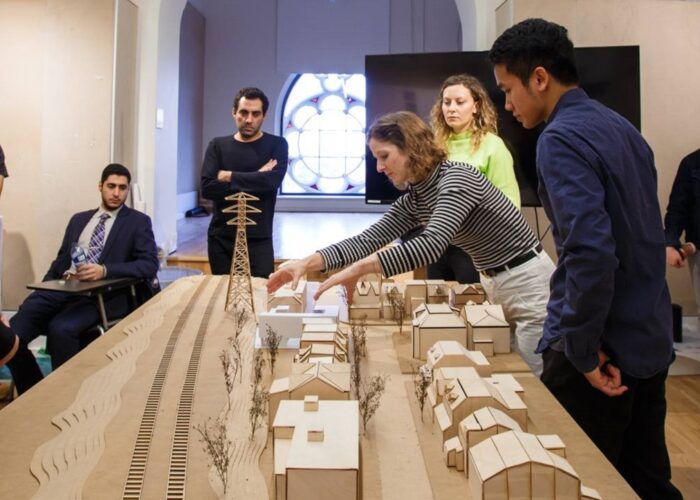
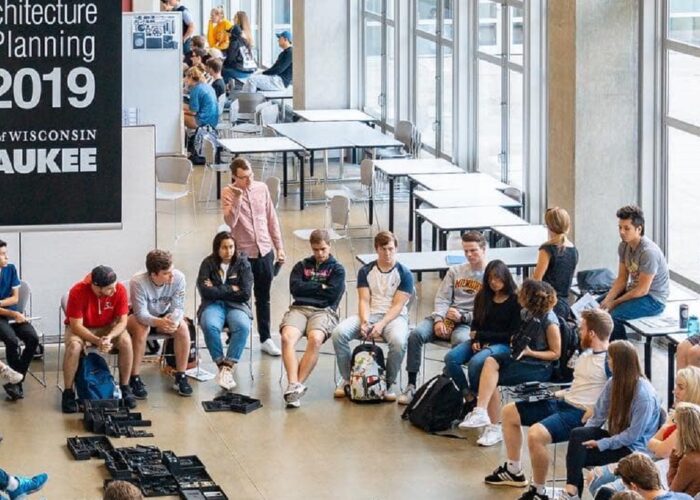
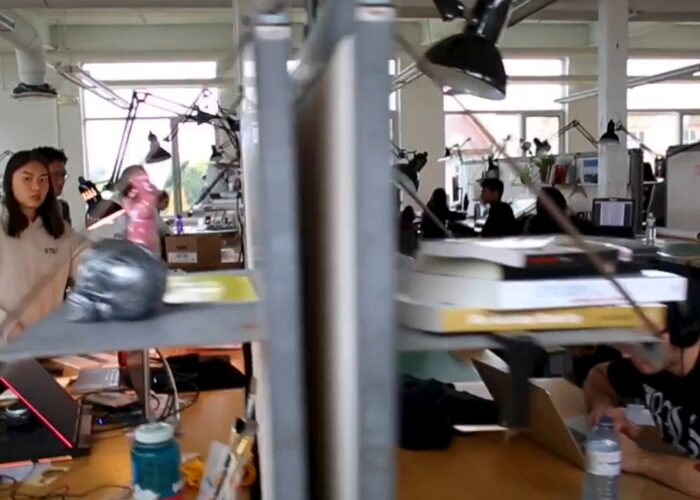
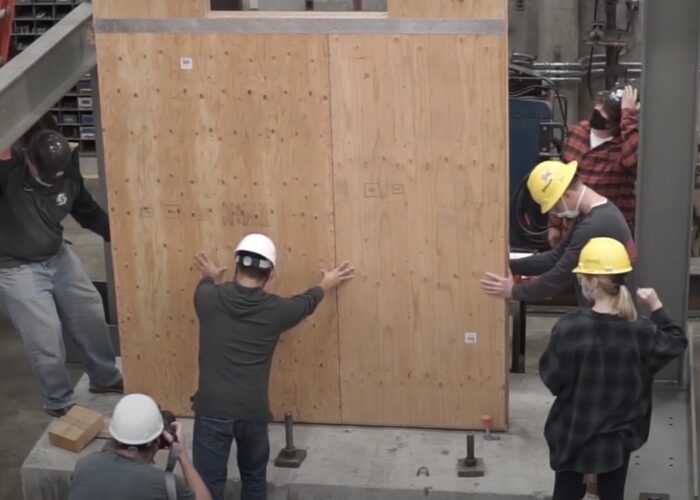
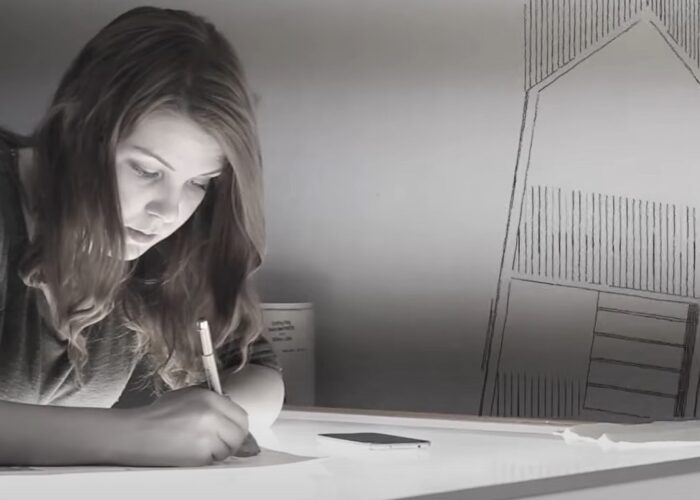
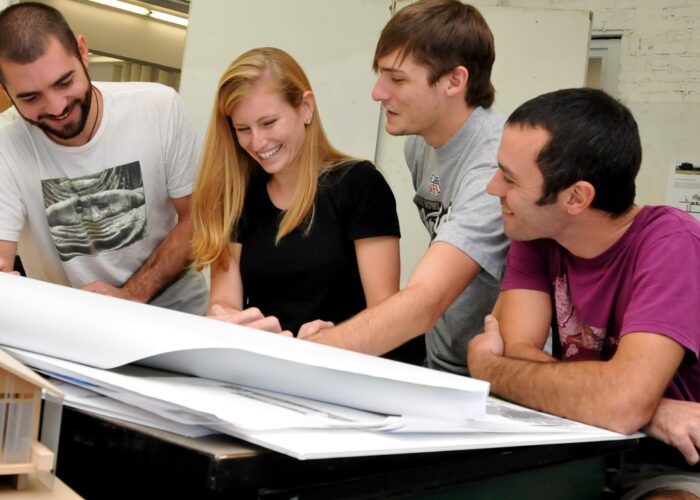
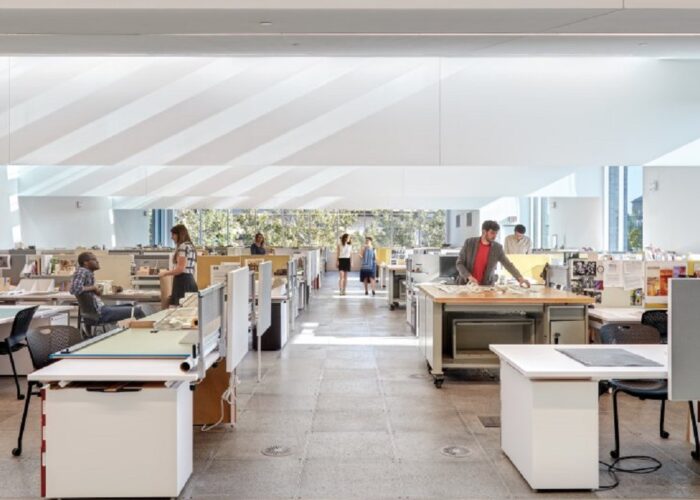
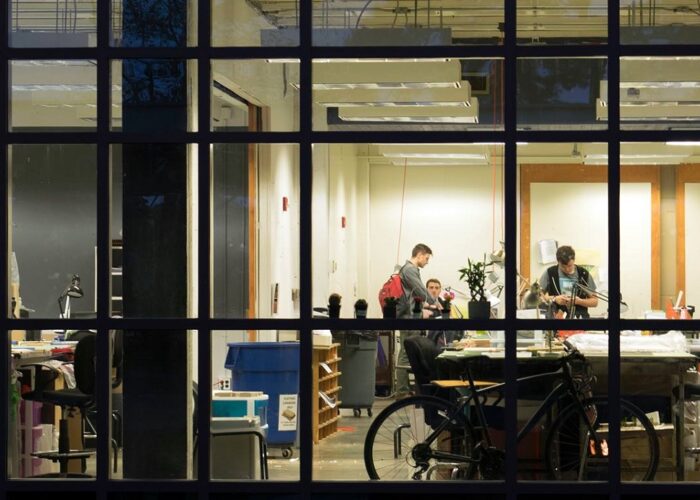
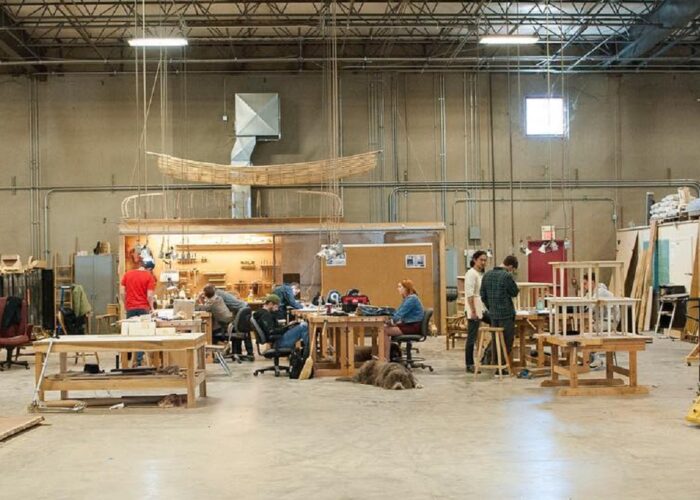
As reported by the US Department of Commerce Census Bureau the value of construction put in place by May 2025 by the US education industry proceeded at a seasonally adjusted annual rate of $135.970 billion. This number does not include renovation for projects under 50,000 square feet and new construction in university-affiliated health care delivery enterprises. Reports are released two months after calendar month. The complete report is available at the link below:
MONTHLY CONSTRUCTION SPENDING August 2025 (released two months after calendar month)
THE FEDERAL GOVERNMENT SHUTDOWN LAST MONTH HAS INTERRUPTED THE RELEASE CADENCE THIS MONTH
Total construction activity for June 2025 ($2,136.2 billion) was 0.4 percent below the revised May 2025 estimate ($2,143.9 billion).
Learn more: https://t.co/ljpaYyKjuX#CensusEconData pic.twitter.com/TS6ewzZhc4
— U.S. Census Bureau (@uscensusbureau) August 1, 2025
This spend makes the US education facilities industry (which includes colleges, universities, technical/vocational and K-12 schools, most university-affiliated medical research and healthcare delivery enterprises, etc.) the largest non-residential building construction market in the United States after commercial property; and fairly close. For perspective consider total public + private construction ranked according to the tabulation most recently released:
$137.604 billion| Education Facilities
$155.728 billion | Power
$69.625 billion | Healthcare
Keep in mind that inflation figures into the elevated dollar figures. Overall — including construction, energy, custodial services, furnishings, security. etc., — the non-instructional spend plus the construction spend of the US education facilities is running at a rate of about $300 – $500 billion per year.
LIVE: A selection of construction cameras at US schools, colleges and universities
![]()
We typically pick through the new data set; looking for clues relevant to real asset spend decisions. Finally, we encourage the education facilities industry to contribute to the accuracy of these monthly reports by responding the US Census Bureau’s data gathering contractors.
As surely as people are born, grow wealthy and die with extra cash,
there will be a home for that cash to sustain their memory and to steer
the cultural heritage of the next generation in beautiful settings.
More
National Center for Educational Statistics
AIA: Billings Index shows but remains strong May 2022
National Center for Education Statistics
Sightlines: Capital Investment College Facilities
OxBlue: Time-Lapse Construction Cameras for Education
US Census Bureau Form F-33 Survey of School System Finances
Global Consistency in Presenting Construction & Life Cycle Costs
The U.S National Committee (USNC) of the International Electrotechnical Commission (IEC) serves as the focal point for U.S parties who are interested in the development, promulgation, and use of globally relevant standards for the electrotechnical industry.
Institute of Electrical and Electronic Engineers: Relevant Recent Research
A study of an approach to the construction of high-power with high-voltage supplies
Fault Clearing Operation in Low-Frequency High-Voltage AC Systems
Guide for Overhead Alternating Current (AC) Transmission Line Design | Comments Due February 2
National Electrical Manufacturers Association: Standards relevant to this topic.
National Fire Protection Association
Underwriters Laboratories: Solutions for Medium & High Voltage Cables
Hillsdale College | The Theological–Political Problem and the American Founding | Glenn Ellmers
From George Washington to the Hebrew Congregation in Newport, Rhode Island, 18 August 1790
The Best Breakdown of America You’ve Never Heard: Richard Miniter
In Federalist No. 2, John Jay [1764 Graduate of King’s College; now Columbia University] argues that a strong union under the Constitution will promote peace and prosperity, which are conducive to the spread of religion and morality:
“Providence has been pleased to give this one connected country to one united people—a people descended from the same ancestors, speaking the same language, professing the same religion, attached to the same principles of government, very similar in their manners and customs… These considerations, and many others that might be mentioned, prove, and experience confirms it, that artificial distinctions and separations of [America’s] land are essentially unnatural; and that they may be eradicated and extirpated by the united and advisable efforts of individuals and communities…”
The Federalist Papers discuss themes of morality, social order, and the importance of a cohesive society, they do not explicitly emphasize the importance of Christian faith to the American constitutional republic. The authors generally focused on principles of governance, political theory, and the structure of the proposed Constitution.
“The experience of the sacred is a universal phenomenon,
found in all human societies, however primitive or complex.”
— 1957 Mircea Eliade (‘The Sacred and the Profane’)
Harvard’s Memorial Chapel, also known as Memorial Church, was designed by the architectural firm Coolidge, Shepley, Bulfinch, and Abbott. The church was dedicated on Armistice Day, November 11, 1932, as a memorial to Harvard alumni who died in World War I.
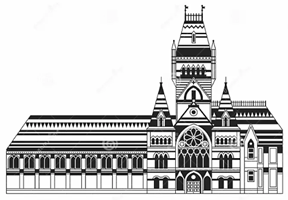 |
Sunday Service Announcements and Music Notes
John Harvard, the namesake of Harvard University, was a 17th-century English minister lived on campus from 1607 – 1638 and conformed to Puritan ideal of dedicating Sundays to worship, prayer, and rest.
Why are there at least 10 publicly funded radio stations receivable in a 75 mile radius (back and forth, up and down) the I-94/I-75 corridor of Michigan — all of them domiciled in public universities? These stations also receive revenue from other non-profit organizations, unending funding drives and private advertising from multinational financing organizations such as Schwab, Fidelity and other for-profit corporations. Most of them purchase their “content” from the same source; reflecting the same large government bias seen across the entire nation; concentrated in college towns with spotty intellectual history.
Within an approximate 50 mile radius of the University of Michigan, five national public radio stations are receivable:
WUOM University of Michigan Ann Arbor
WEMU Eastern Michigan University
WDET Wayne State University
WKAR Michigan State University
WGTE University of Toledo
Move 25 miles to the northwest and two more are receivable:
WLNZ Landing Community College
Move 25 miles northeast and three more are receivable
WFUM University of Michigan Flint
WMUK Western Michigan University
WAUS Andrews University
FCC ONLINE TABLE OF FREQUENCY ALLOCATIONS: 47 C.F.R. § 2.106
(Revised July 1, 2022)
Standards for radio broadcast coverage can vary depending on factors like location, broadcasting technology, and regulatory requirements. Here’s a general list covering various aspects:
These standards are often enforced by governmental regulatory agencies, industry organizations, and professional associations to ensure the quality, integrity, and safety of radio broadcast coverage.
National Public Radio is the soundtrack of American academia and American academia has always been partial to large government:
“It was always the woman, and above all the young ones who where the most bigoted adherents to the party” — (George Orwell, ‘1984’)
— NPR (@NPR) April 12, 2023
New update alert! The 2022 update to the Trademark Assignment Dataset is now available online. Find 1.29 million trademark assignments, involving 2.28 million unique trademark properties issued by the USPTO between March 1952 and January 2023: https://t.co/njrDAbSpwB pic.twitter.com/GkAXrHoQ9T
— USPTO (@uspto) July 13, 2023
Standards Michigan Group, LLC
2723 South State Street | Suite 150
Ann Arbor, MI 48104 USA
888-746-3670
